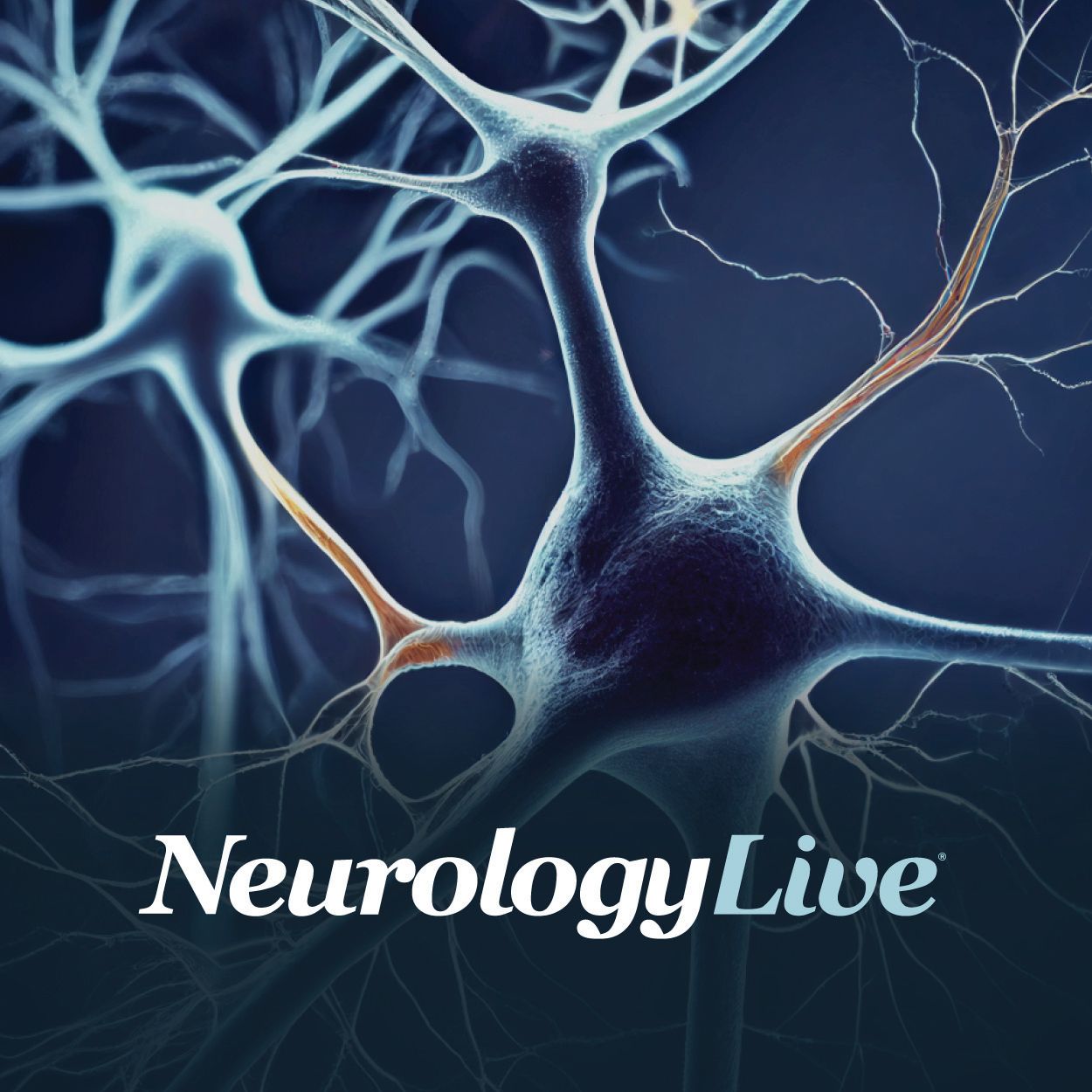Video
Rehabilitative Capabilities and Functions of EksoRN Robotic Exoskeleton in Multiple Sclerosis: Francois Bethoux, MD
Author(s):
The chair of Cleveland Clinic’s Department of Physical Medicine provided insight on a newly approved modality aimed to improve rehabilitation efforts for patients with multiple sclerosis. [WATCH TIME: 3 minutes]
WATCH TIME: 3 minutes
"You may observe someone walking and their steps get slower and slower and shorter and shorter over time. If the device can provide some assistance to make the steps longer again, increase the number of steps per minute, then you can continue the training, even through your body was beginning to lose steam."
In mid-June 2022, the FDA granted 510(k) clearance to the EksoNR robotic exoskeleton for use in patients with multiple sclerosis (MS), making it the first such rehabilitative tool to be approved in this patient population.1 The exoskeleton is also approved for use in Europe, and according to Esko, has been utilized in more than 375 rehabilitation centers around the globe to date. It had also previously been approved for those with acquired brain injury in 2020 and for the rehabilitation of patients with stroke and traumatic brain injury in 2016, making it the first exoskeleton device approved for both indications.
At the 2022 Consortium of Multiple Sclerosis Centers (CMSC) Annual Meeting, June 1-4, in National Harbor, Maryland, investigators at Cleveland Clinic presented a retrospective chart review of adults with MS who participated in at least 3 sessions of gait training with the powered exoskeleton. All 21 patients completed the study, with statistically significant increases in the time to complete the Timed Up and Go (P = .029) and several other outcomes such as walk time (P = .008), number of steps (P = .011), and programmed step length (P <.001).2
In an interview with NeurologyLive®, Francois Bethoux, MD, chair of Cleveland Clinic’s Department of Physical Medicine and Rehabilitation, discussed the exoskeleton in detail, offering insight into its capabilities and the features it brings to patients with MS. He touched upon the specific elements to MS that may be improved the most with this technology, as well as the sustained long-term benefits being observed.




